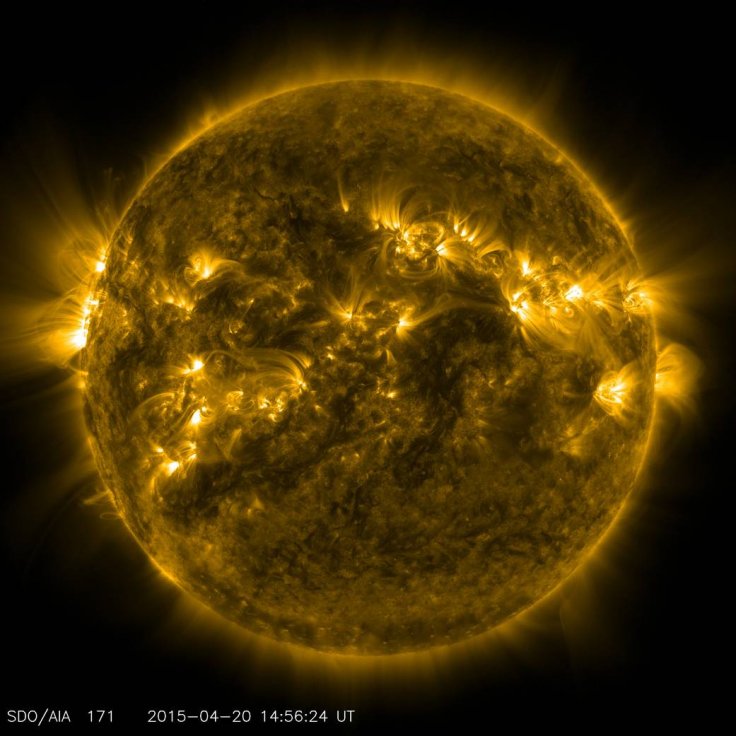
Scientists believe that sunspot activity in the sun has an 11-year cycle and the changes in the activity cause phenomenon like solar minimum and solar maximum. During a solar maximum, the sun will be heavily littered, which results in more heat and energy reaching the earth. However, during a solar minimum, energy from the star will be very low, and it could cause various effects on the earth.
Sun could hibernate in 2020
Valentina Zharkova, a professor of physics and electrical engineering at Northumbria University, believes that the sun could hibernate this year, causing a grand solar minimum (GSM). She also believes that the global temperature will drop by one degree Celsius in 2020. Even though this dip seems so minimal, experts believe that it could create a negative impact, especially in agricultural production.
Zharkova warns that this period of solar minimum could last for the next three decades, which means the earth will go through a mini ice age until the 2050s.
"Fewer sunspots will be formed on the solar surface and thus less energy and radiation will be emitted towards the planets and the Earth. The reduction in temperature will result in cold weather on Earth, wet and cold summers, cold and wet winters. We will possibly get big frosts as is happening now in Canada where they see temperatures of -50C," said Zharkova, Express.co.uk reports.
Zharkova also revealed that the last grand solar minimum happened around 400 years ago, in the 17th century.
However, skeptics believe that this drop of one degree Celsius will not create any detectable effects in the global climate or weather.
The reason behind solar minimum and maximum
A few months back, a study report published in the journal Solar Physics had suggested that the reason behind the sun's 11-year solar cycle is the alignment of planets. The study report revealed that the tidal forces exerted by Jupiter, earth and Venus play a crucial role in determining the sun's magnetic field, and it causes solar minim and solar maximum.









